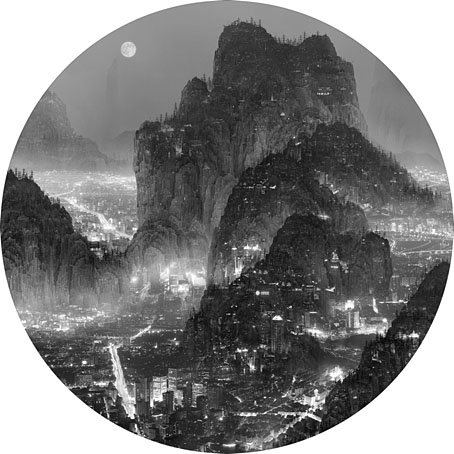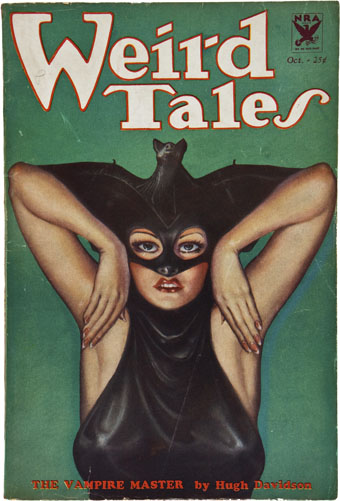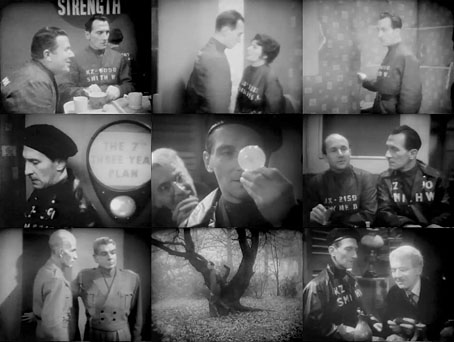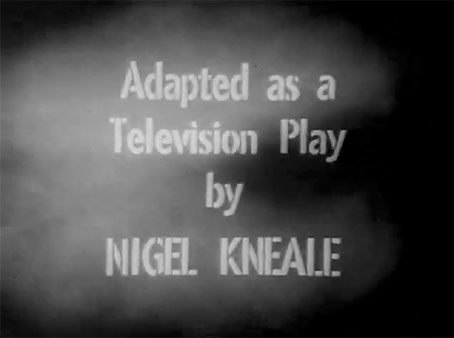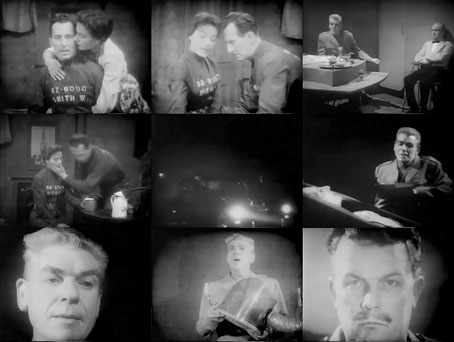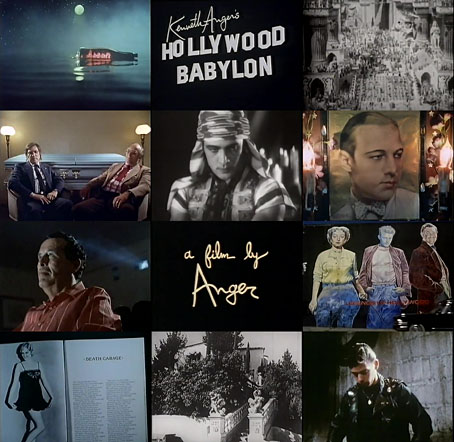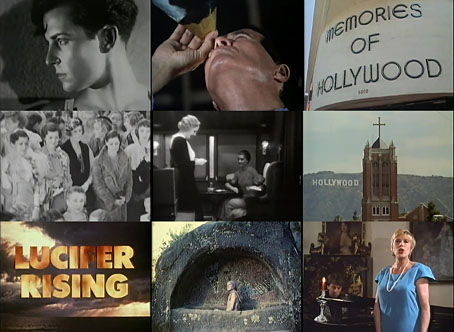Untitled art by Yang Yongliang. There’s more at But Does It Float.
• “Newly unearthed ITV play could be first ever gay television drama“. Writer Gerald Savory, incidentally, also adapted Dracula for the BBC in 1977, still the version that’s closest to the novel.
• Craig Redman and Karl Maier‘s poster designs for the Bavarian State Opera.
• Lustmord: ambient’s dark star, and The Strange World of Scanner.
The cats are tapping the old man for psychic sap, milking him, stalking through rubbled dreams of the coming Land of the Dead. On subsequent US visits – to Bastrop in Texas and Phoenix, Arizona – I learned about the fellowship of those internal exiles, the hardcore writers: Michael Moorcock, Jim Sallis. Like Burroughs, they kept cats and guns (Mike’s was a replica). Cats infiltrate mystery fiction: men with coffee habits, ex-drinkers, post-traumatic spooks solving crimes the hard way. Moorcock uses cats like a scarf, like Peter Sellers in The Wrong Box; their claws scratch runes into his easy chair.
Iain Sinclair remembers visiting William Burroughs. I remember meeting those Moorcock moggies; not as interesting to reminisce about, however.
• The Ghosts of Antarctica: Abandoned Stations and Huts.
• A Masterpiece of the Ridiculous by Jocelyn Brooke.
• “Chance is a good librarian,” says Alberto Manguel.
• Mix of the week: dub from Bristol duo Zhou.
• The Aleph: Infinite Wonder / Infinite Pity.
• Sarah Lee‘s underwater photography.
• Underwater (1979) by Harry Thumann | Underwater Church (1992) by Conrad Schnitzler | Underwater Flowers (2003) by John Foxx & Harold Budd

